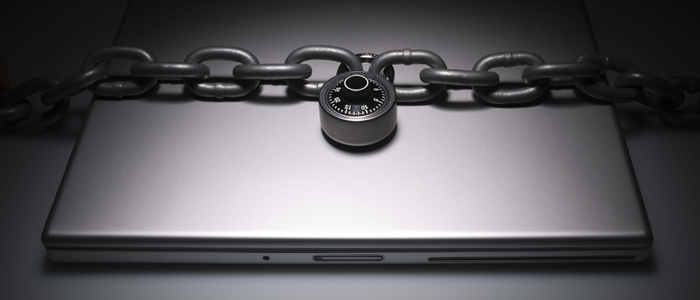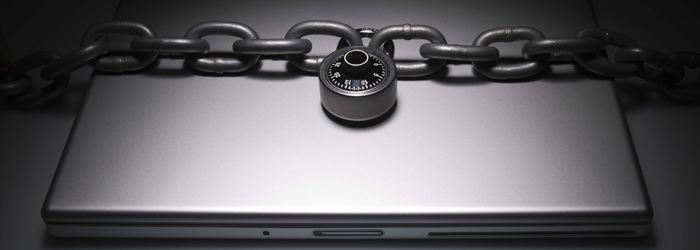Technology over the past few decades has transformed how we lead our personal and professional lives. With increased access to information at our fingertips, more and more organizations are being exposed.
A 2014 cybersecurity study revealed that 36 percent of Canadian businesses had experienced one or more cyber-attacks during the course of the year, which infiltrated networks or enterprise systems.
What is cyber risk?
Cyber risk refers to any risk of financial loss, disruption or damage to the reputation of an organization resulting from the failure of its information technology systems. This could materialize in a variety of ways:
- Deliberate and unauthorized breaches of security to gain access to information systems
- Unintentional or accidental breaches of security
- Operational IT risks due to poor systems integrity or other factors.
How cyber risk affects your business
Whether you’re a small business or a multi-million dollar corporation, you’re not immune to cyber risks.
All businesses face the risk of a cyber breach at some point during their life cycle, but understanding the threat and its severity can go a long way to helping control for its consequences.
Below we’ve outlined a couple of ways you can become a victim of a cyber-attack:
- Cyber criminals are increasingly walking amongst us as company employees
- Employees are the weakest link due to phishing and social engineering
- Cyber criminals target organizations with computing resources that they can rent out
- Hackers are using email notifications to send payments to criminals
- Blended attacks (using any and all opportunities) are becoming common practice
- Extortion, where data is held ransom, is a common cyber-criminal activity
Here are ways you can try to control for cyber-attacks:
- Provide security awareness training to all employees
- Segment networks to ensure only authorized employees are able to access appropriate data sets
- Keep all software up to date to ensure criminals have fewer weaknesses to exploit
- Establish good data governance policies and processes
With the right education and controls in place, your company can respond to the risks.




